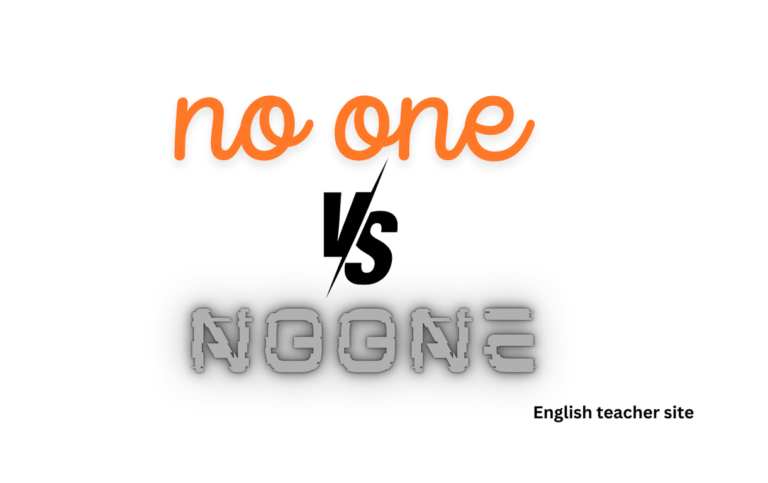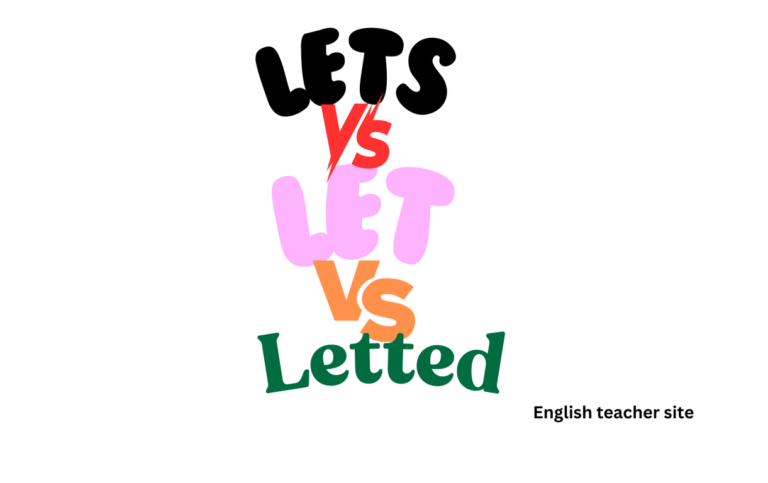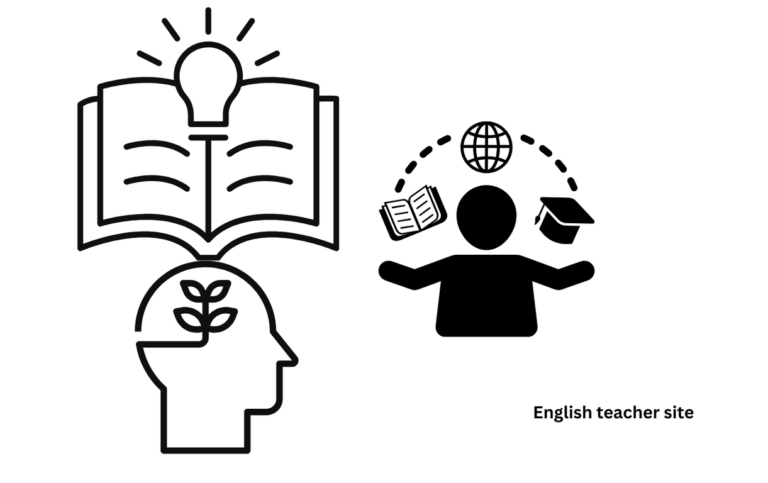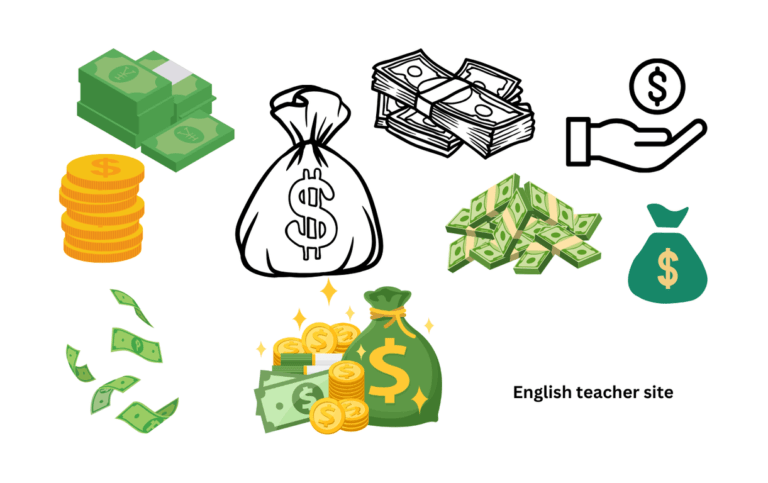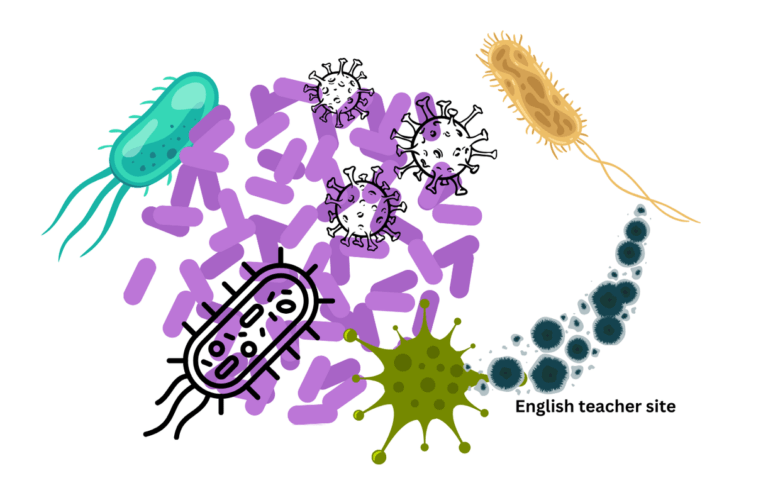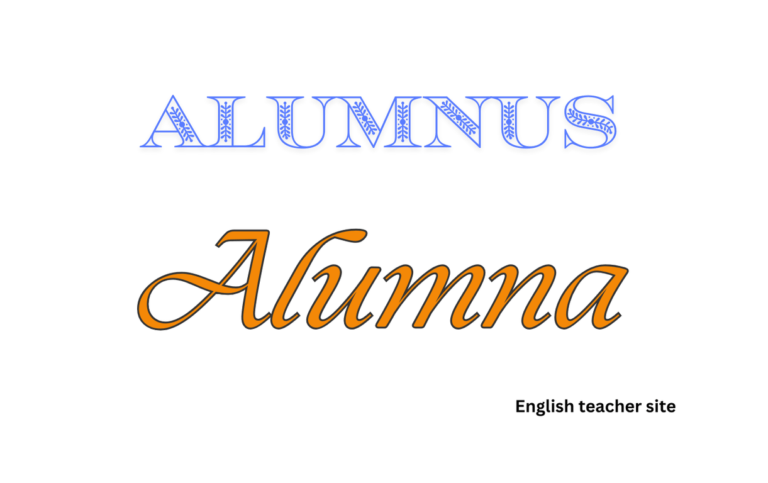Plural of Axis: Understanding the Correct Form and Usage
The English language is replete with words that challenge the pattern when it comes to forming their plurals. One such word is “axis,” a term essential in various fields such as mathematics, geography, and anatomy. The plural of “axis” adheres to a pattern seen in words that hail from Greek origin, transforming singular words ending…


